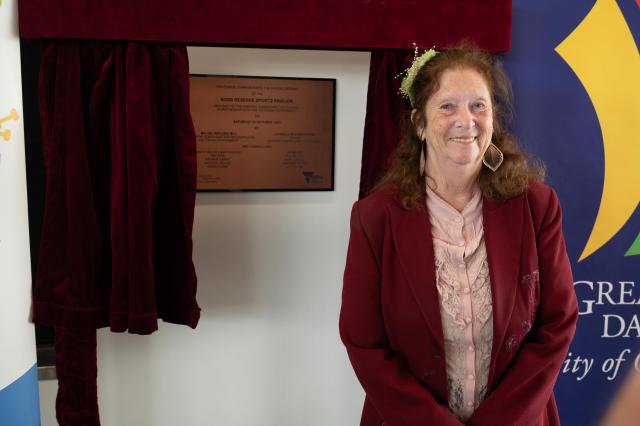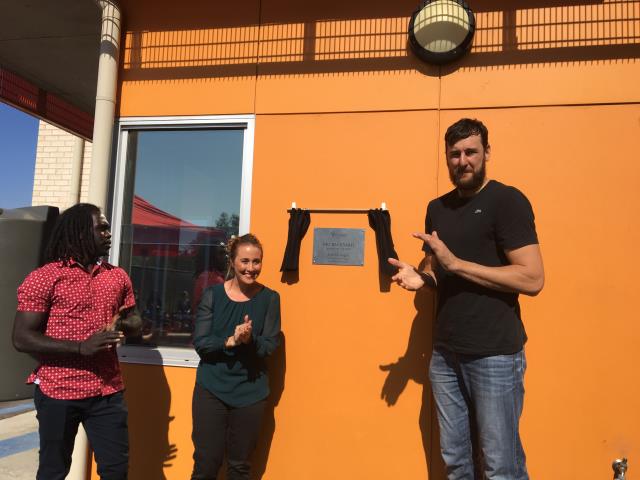By Casey Neill
Dandenong Gatehouse has spent the past year building resilience and social connectedness in young women.
Since it opened its doors, through its Young Women’s Project the centre has helped about 70 Greater Dandenong women to reduce their risk of commercial sexual exploitation.
The women come from a range of cultural and socio-economic backgrounds and are aged 12 to 25.
Project manager Robynne Jeisman explained that commercial sexual exploitation referred to a commercial gain taking place out of a power imbalance.
“It’s commonly described as ‘sex for exchange’,” she said.
“They’re homeless, they need a place to stay. They think they’re just staying at someone’s house.
“But the expectation is ‘I gave you somewhere to sleep, now you give me something’.”
She said another example was a ‘boyfriend’ shouting meals and gifts.
“The boundaries keep getting blurred,” she said.
“It’s really about power.”
Other service providers refer young women believed to be at risk to Dandenong Gatehouse.
“Anyone can refer. Young people sometimes bring their friends,” she said.
The Young Women’s Project includes one-on-one outreach and therapeutic support, mentoring through community volunteers, group work and more.
Ms Jeisman said the centre had just introduced secondary consultations.
“We don’t have to necessarily need to meet the young woman to be supporting the young woman,” she said.
“We only have two full-time staff, the rest are part-time.
“If we can help to build capacity in the village of that woman… through a grandma, school teacher, netball coach …
“We hear their perspectives on things, then we consult and offer our advice.”
St Kilda Gatehouse CEO Penelope Smith explained that the Young Women’s Project was an extension of the St Kilda service, with the same objective but a different focus.
“St Kilda Gatehouse is going to have its 25th anniversary next year,” she said.
“It was born out of a real desire and interest around women and social isolation.
“It does focus on street sex work.”
But social inclusion and connectedness are behind the work at both services.
Ms Jeisman said social isolation affected every part of society and was the biggest contributor to sexual exploitation. She said social inclusion was about consistency.
“The recruitment of volunteers can be quite a difficult task,” she said.
“We actually require long-term consistency and commitment.
“We’re all busy, which means social isolation has increased.
“To address that isolation we’re saying ‘we need your time and consistency’.”
Ms Smith said: “The young people need a village. It’s an old-fashioned idea that just rings true.”
“If you’re a young woman who has trust issues because adults around you have let you down… it’s like a no-brainer in my mind,” she said.
“The consistency is so important.”
Ms Smith said the girls the project helped ranged from “the stereotypes to next door neighbours”.
“Sexual exploitation is not about a race or a socio-economic status or an education level,” she said.
“It affects every area of life because it’s about power imbalance.”







